0 “Universe 25” – an ideal society or death?
Dear friend. Recently, a very important issue was raised in this article. I already had ideas and materials on this subject. Since the question is extremely extensive and affects many areas: biology, philosophy, game theory, history, economics, my brain just boils and systematizes everything into one coherent, unified material without contradictions, and it is extremely difficult for me with a convenient narrative. This article, just like the possible subsequent ones in this cycle, should be treated as a collection of materials and ideas. Complex, complex, multi-part themes are similar to polyphonic music, in which several melodies sound in parallel. So here the line of biology, ethology, and at the same time the theory of games will “sound” in parallel, they can intertwine in some way. Then again history, biology, philosophy. Weaving again, etc. Maybe just an interesting branch, standing alone and worthy of mention. Why this introduction: the material will be complex, ornate. The task is about a challenge. But the question is worth it. A certain PeterFukuyama gave me the idea to start with “Universe 25”
Universe 25
Experience conducted by John Calhoun in the late 50s, early 60s of the twentieth century.
Description of the experience itself:
The first stage is the development of the original individuals in the cell. Stage A
The second stage is the appearance of the first cubs and explosive growth. Stage B
The third stage is the final formation of the social hierarchy. It is characterized by the expulsion of some young males (they were not thrown out of the tank, other mice pushed them to the center of the cage). Male leaders lived in their apartments with harems of 10 females. An increase in the aggressiveness of females was also observed, for life with outcasts became less safe. Agro females began to actively defend their territory. And aggression subsequently manifested itself not only towards other members of the colony, but even towards their children. Stage C
The fourth stage – It is marked by the appearance of “beautiful” males. They do not have a goal, they only sleep and eat, they do not strive for reproduction, they do not fight for territory. When “beautiful” males and agro-females are placed in one box, nothing happens, they die out. Stage D
Still quite interesting is the term of Calhoun himself – “behavioral cloaca.” Dead end behavior that leads the population to collapse. At the end, a mini-experiment was carried out in which several “beautiful” males and several females were taken and placed in a separate box. There were no mating attempts in this box.
Criticism of experience:
High temperature in the cage (30-32 degrees)
The relationship of mice to each other.
But somehow this did not prevent them from multiplying. For some reason, kinship did not prevent getting hundreds and thousands of mice out of four mice.
It is worth mentioning John’s earlier experience. There, mice were kept in a pen in nature. It will be discussed in more detail in the middle.
Once again, just briefly.
Stage zero: initialization
Stage one: stage B. Baby boom – exponential growth. The rapid growth and development of society → the complication of the social structure → the beginning of the formation of a hierarchy.
Second stage: stage C. Ideal conditions → long life → rigidity of the social pyramid → gerontocracy → outcasts (young male loners, ostracized) → female loners.
The females became agro-females. They became more defenseless and showed more aggression not only to other individuals, but also to their cubs.
Third stage: “death of the spirit”
Analogies in human society
Looks like something…
Empires, states, societies of all stripes have already gone through stages of growth, ossification, degradation and collapse countless times. Roman Empire, Ottoman Empire, Russian Empire, USSR. All these societies have passed through “Universe 25”, but only in the social sphere. Now societies are following the same path, both socially and biologically.
Consider a few “developed” societies. Japan. The brightest representative of a dying society. This society is in stage D. At the time of writing, the population of Japan is 126 million in 2022. Forty years later, by 2065, 88 million people will live in the country, and by 2115 their number will drop to 51 million. Life expectancy has increased dramatically. -0.3 percent population growth, 1.36 birth rate. This society is over.
Why is “advanced” society in quotation marks? Everyone is so eager to get this status. Record your society in the big leagues. Why? Hyperfocus on the material, on the economic aspect of society, disregard for other areas and areas of knowledge, including biology. A more accurate terminology (in the subjective opinion of the author of the article) is “a society that has reached a plateau”.
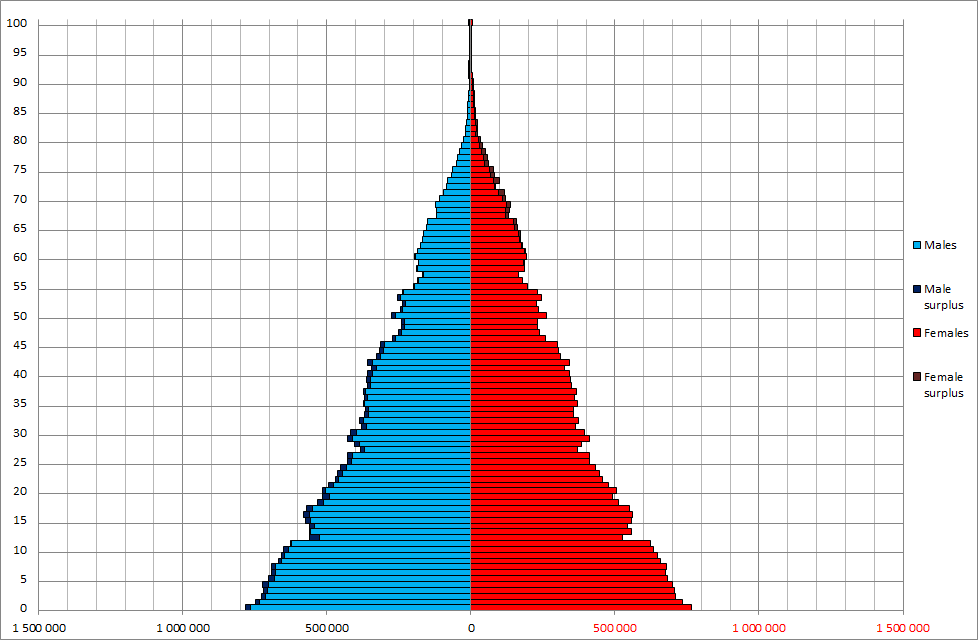
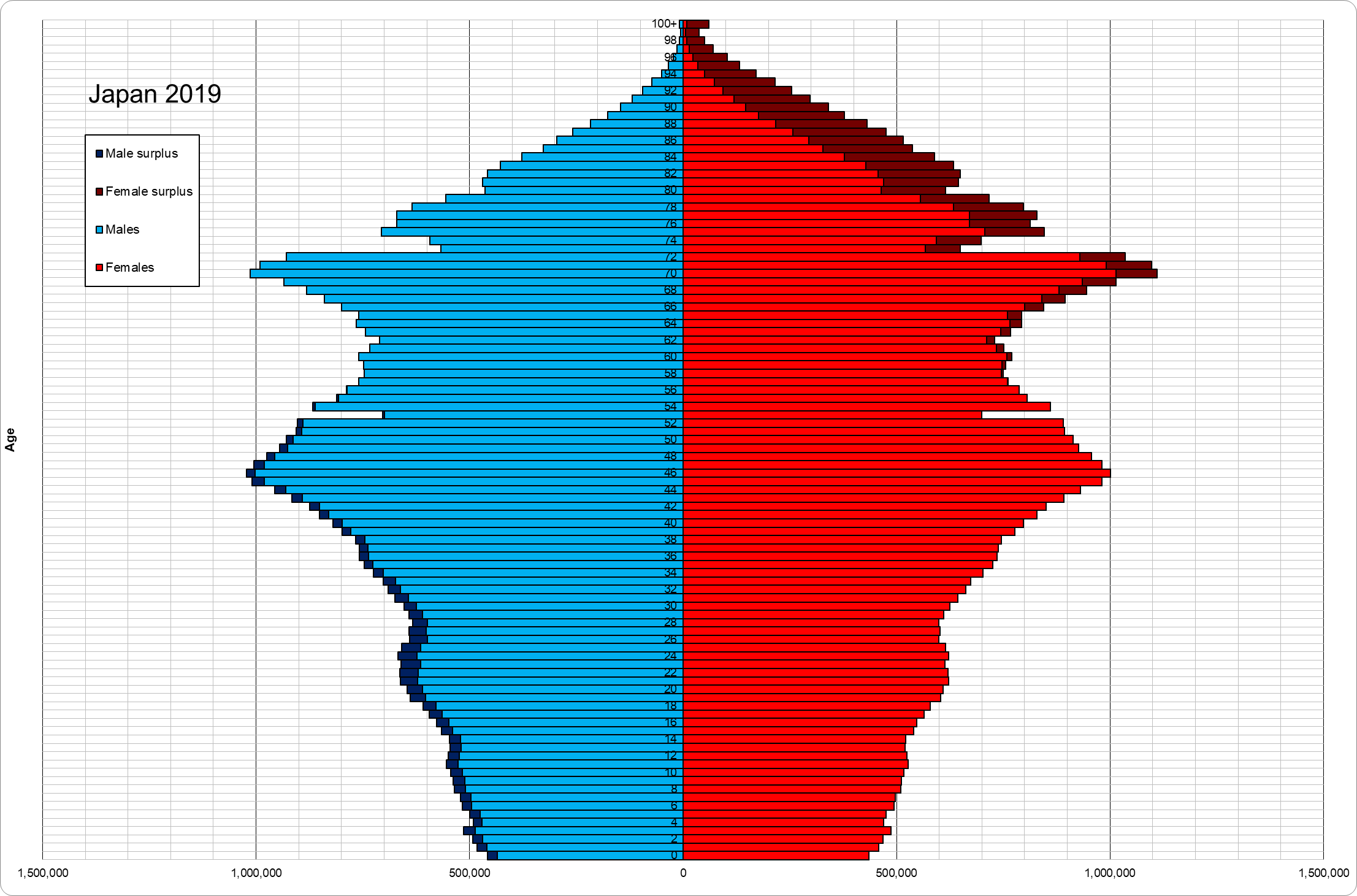
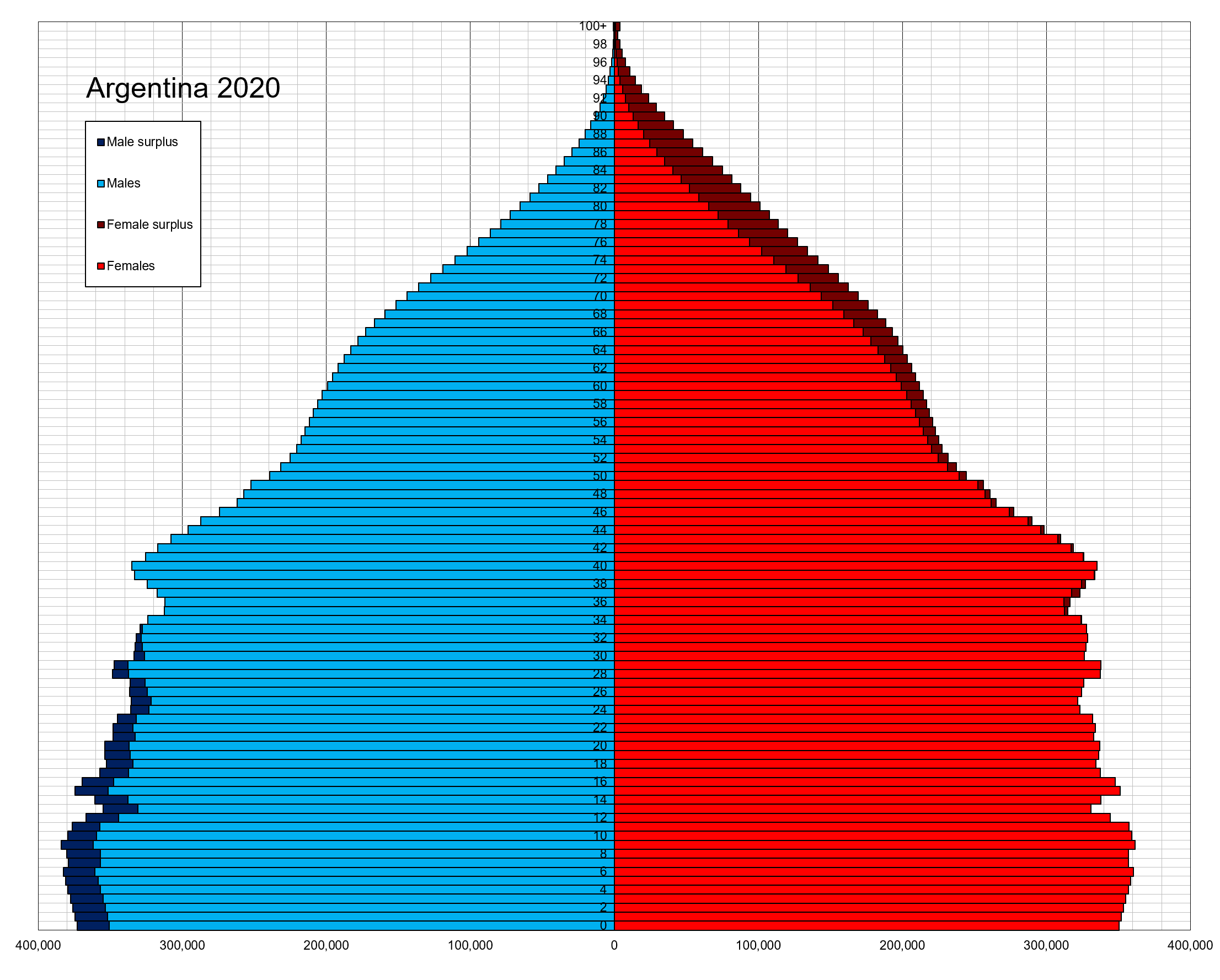
All economists laugh at Argentina. There is only one question in economics: “How can it grow (meaning Japan) and how can it not grow (Argentina)”. But it is worth looking at the age-sex pyramid. At a population rate of 2.25 children per woman, at a population growth rate of 1 percent, and biologically it is a very robust and strong society. In terms of biology, Argentina is much more successful than Japan.
Agro females are very similar to third wave feminists.

“Beautiful” males that do not fight for territory and females are Hikkans and NEETs. Perhaps part of metrosekusualov and chaylfri.
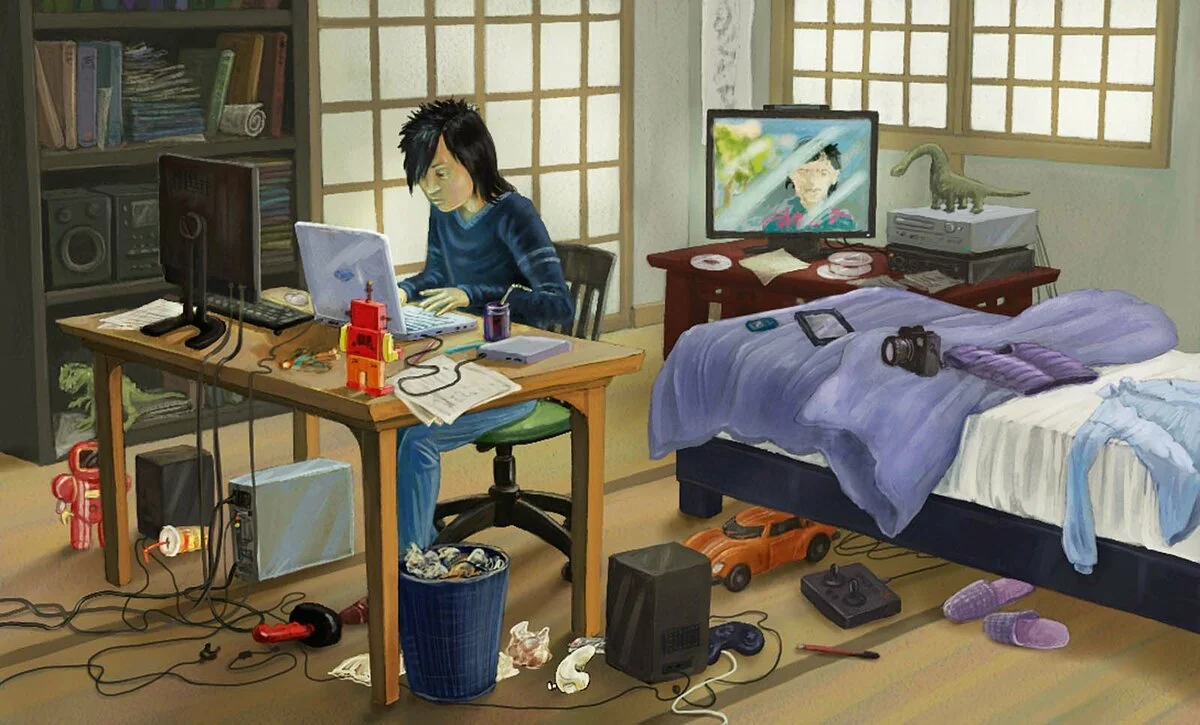
The funny thing is that Japan was able to survive everything. The Roman Empire had time to be born and die, but Japan stood still. The Mongols captured everything that was there, reached Hungary and returned back – internal disassembly. They could easily take it further. Japan is the only society that gave an effective rebuff to the Mongols. Hundreds of ships sailed, signal poles were lit, wars poured out on the coast and they were met by the strongest men. No matter what weapons they had, the main thing is steel. And today’s hikikomori is a great-great-great-great…grandson of that great warrior. If you take two Japanese twins and inseminate one of them with an ancient Japanese war, the second with a hikkan, and then send the children to a school of martial arts. Then they would equally stand shoulder to shoulder against the enemy. Showing miracles of heroism, courage and fortitude.
The cult of consumption
Today it is an integral part of the economic doctrine of various countries. There are crises of overproduction, but there are no crises of overconsumption. How does this affect modern man?
The imposed values of materialism and the thoughtless stuffing of status into oneself through paraphernalia certainly encourage the economy in the short term. But… it reduces the quality of human capital. The person becomes more passive. The very act of consumption is much more passive than the act of creating anything. For example, reading is much closer to creating than watching a video, a person consumes books, but he needs to create mental images in his head, transform letters into pictures and sounds. Watching a Stanford lecture is much closer to creating than watching shots or tiktok. In the first case, you need to process complex material, follow the thread of thought. In the second, you only need to consume.
Creating complex long-term projects, for example, of other people, is not an easy task. Especially when a person is absolutely not adapted for creation. “Being forms consciousness.” What is being and consciousness.

In the voice of Nikolai Drozdov: “Look, the dominant primate has received a cherished attribute. Pay attention to his wide open mouth with a full row of teeth. On his fist raised with the cherished thing. Even the inscription on it “Igot it” means “I got it”. This individual now feels at the top of the consumption pyramid. Other primates look at him approvingly: from behind on the right he raises his fist, two a little to the left smile, clap and talk, looking towards our dominant male.
But seriously, a huge part of human energy is redirected to the full …. A huge part of the human potential is aimed at buying attributes so that other individuals look and think the necessary thoughts.
It all looks like Calhoun’s cage, only in the apartments there are mini circles on which these mice run chasing an ephemeral piece of food. So people run into the endless race of the cult of consumption, driven by the feeling that they will be happier, one has only to buy another attribute
A huge amount of energy, biological resource and, most importantly, thought fuel / neuro resource – attention merges in a meaningless and endless race, which feeds companies, which in turn feed this “behavioral cesspool”
Analogues in human society
The main part of the article is devoted to “Universe 25” and its projection on human society. However, there have already been vivid experiments with people. The most grotesque is Kowloon:

Again, as in an experiment with mice, it is difficult to estimate the number of individuals. And mice live in nature for a year and a half. In captivity up to 2-3 years. It turns out that Universe 25 lived for 2 generations. Kowloon has lived 1/3 of a generation, if we take the average human life of 60 years.
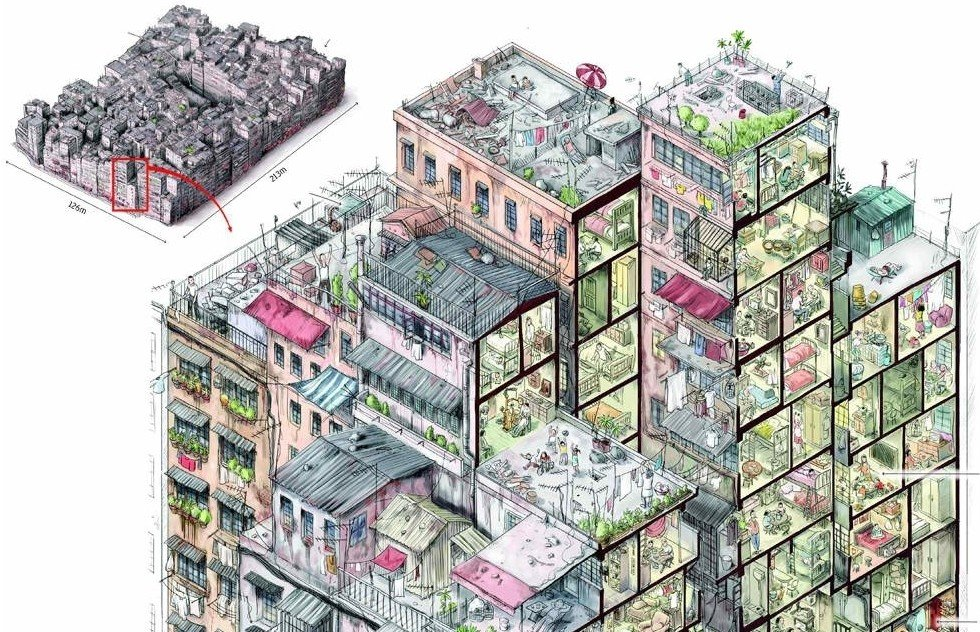
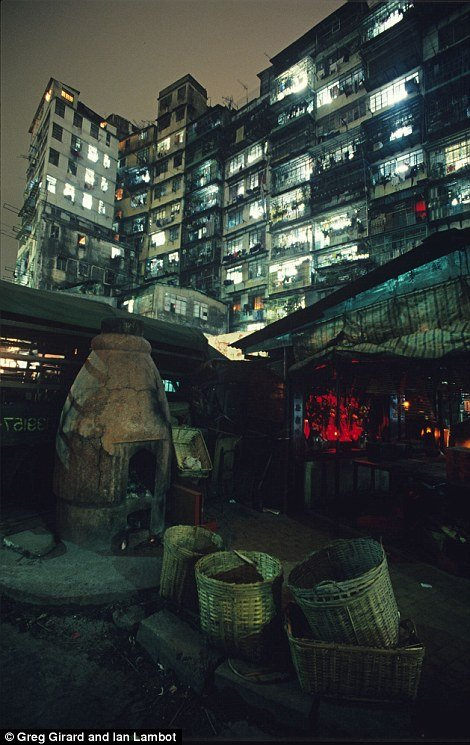

This cube of people successfully existed near Hong Kong. People were engaged in both legal and illegal activities. It is quite difficult to accurately calculate the number of “individuals”. The police sometimes made raids, and on that they were limited. The “experiment” was demolished 25 years after Universe 25. Nobody wanted to endure this anymore.
It is difficult to say anything at all about this experiment. It would be interesting if it existed for two or three full generations, that is, 120-180 years. Would he repeat the path of mice?
Life in Kowloon was not so easy. So it’s much closer to being antifragile. Criminal or near-criminal social systems tend to be antifragile.
Isolated systems and positive feedbacks
The peculiarity of positive feedbacks is that things can get out of hand. The boiler is under pressure, there is a pressure sensor, in response to an increase in pressure, the boiler heats up, the pressure still increases and everything goes around until it explodes – a brief example of positive feedback.
Isolated systems tend to close in on themselves. Let’s remember the USSR. He was “connected to the world” in a limited number of areas. For example, in the field of weapons. Soviet designers very carefully followed the developments of their colleagues in other countries and created something similar or even better. But cars were designed on a residual basis and without “connection to the world” in this area. The product is released, released to the domestic market, there is nothing to compare with. The automotive industries in Korea and Japan were “connected to the world”. In the US, when it became clear that they were being forced out, there was also a fork in the road to accept it, to be open to knowledge and information.
Today, there are many isolated systems – information and digital “monasteries”. People create micro-communities in which they cook and do not let in dissidents. Are there sound ideas? Or do people stream their convenience and comfort in their views without regard to reality?
Madness and unconsciousness is the main positive feedback. The most dangerous and destructive.
“Universe 25” was just the same as an isolated system.
Isolated systems are fragile
antifragility
Systems that use errors as fuel are antifragile. Systems in which errors are artificially removed become brittle over time. The most striking example of an antifragile system is nature.
In the part about experiments with people, one could mention Biosphere 2. Here this mention is slightly better, because this experiment very accurately demonstrates the concept of fragility of antifragility.
It is very interesting how exorbitant the human heart rate is (biosphere 1 is the Earth). Create a box of concrete in a few years and a couple of billions and compare it with nature, which took shape for hundreds of millions of years. Put yourself on the same level with the Lord God. Humans are unique in this regard.
In this experiment, people created a kind of greenhouse and populated it with plants, trees, living beings and people. Very quickly, the insects bred, the trees became very fragile, due to the lack of wind. And people degraded from scientists to the level of the tribe.
Again, recalling the conclusion from the last subheading – isolated systems are fragile.
And the greater the degree of isolation, the greater the fragility of the system. The rats from Universe 25 were not completely isolated from the world, they were given food and water, air came from the outside world, sometimes an employee came and cleaned the cage, but they still degenerated.
Systems can be connected to each other. And what happens if we combine a fragile system with an antifragile one? Let’s connect one to the other. For example, let’s connect the social system to the most antifragile system – nature. And so did Calhoun! At the very beginning, he conducted experiments in nature. In a pen. These were also experiments with rats, and there the rats broke up into 10-15 colonies of 12-13 individuals and could live like this for as long as they wanted. Everyone was happy, here it is “rat paradise”, and not the subsequent mini Keulun that the scientist built.
Factors outside the Universe 25
The following facts do not pertain to John Calhoun’s experiment, but nonetheless deserve attention.
The second demographic transition: vaccination and improvement of life to such a level that biological insurance in the form of several additional children is not needed for genes to be passed on for sure.
BPA (bisphenol) and pesticides. The level of testosterone and the quality of the seed are constantly falling. American scientists sin on BFA containing things and preparations (mostly plastic) and pesticides. For semen, the picture is even worse: 40 million spermatozoa per milliliter compared to 100 in the 1970s. BFA also negatively affects female fertility
Another indicator is the physical strength of men. Previously, this figure was at the level of 52 kgf in 1971, 32 kgf in 2001 and 25 kgf in 2015. These are average figures for the guys from the USSR-Russia.
I remember how it was measured from classes in 2013-2014. I had the highest scores – 34. It turns out there is nothing to be proud of, it’s just that we all degraded …
Norm for testosterone also falls. In 1970, testosterone levels were twice as high (indicators for America). Again, you can find a million reasons for this: hypodynamia, junk food, bfa, pesticides, a change in psychological state, a change in the role of a man, poor sleep, etc. If you have any good ideas about this, write.
There is another factor that is on the border of “Universe 25” – this is an increase in life expectancy. Under near-ideal conditions, individuals live long lives. Like mice in Calhut’s cage, so do people in “developed” countries. And their reproductive period does not change. The ratio of long life to the reproductive period changes the social structure and the pyramid is more stable with a low ratio. It is more like a pyramid. Need to be on time. And in “developed” societies, you can take your time … Obvious things coming out of this factor are inhumane, and I will not discuss them. Should be compensated for in some other way.
What to do?
Most of the measures “on the forehead” are ineffective. Most of the direct and crude state intervention in such a delicate, complex and inert mechanism as the renewal of generations is ineffective. An example of a “brilliant” policy in the field of biology and demography is one family one child in China.
When the case is launched, as in the example with Japan, I don’t even have any idea what can be done.
For societies in which the situation is not so deplorable, something can still be done.
To bring the share of the rural population to 20-25 percent. And keep her like that
(perhaps someone will seriously consider the issue of the optimal proportion of the rural population and derive an effective proportion. It is possible that this conclusion will be different from 20-25 percent)
Connect with nature. Create a big factory of healthy people. Some of which will then move to Kowloon. Kind of mini Calhut cells. Cities today are such objects.
Improving the quality of products. Decreased use of plastic as well as other BPA containing substances and pesticides. Inculcate a higher value of physical activity in the culture
Conclusion
The experience of “Universe 25” is not about overpopulation at all, as Peter suggested in his commentary, but about changing the social structure and behavioral patterns in an “ideal” world: without difficulties and abundant in resources. And its relevance does not fade over the years, but only increases. For for the first time in millennia, relatively recently, we have entered such a state in our history.
Thank you for getting through my tongue-tied tongue and reading to the end. This article, in spite of everything, contains thoughts and ideas worthy of attention. If you add more interesting thoughts, I will be grateful.
This article is the first in the “Degeneration of Humanity” series. At first I wanted to put everything in one, but it became obvious that the topic was too extensive.




![[По полочкам] Sorting algorithms. Part 1](https://prog.world/wp-content/uploads/2023/05/e800928c789bee0ab464c93191d93c46-768x403.png)
